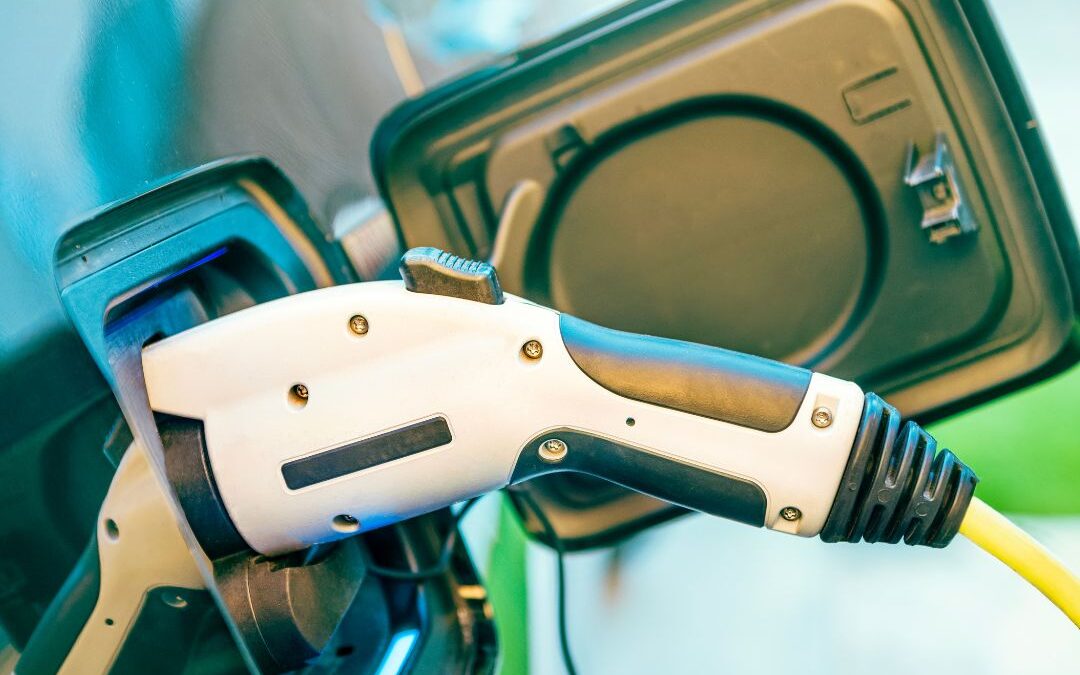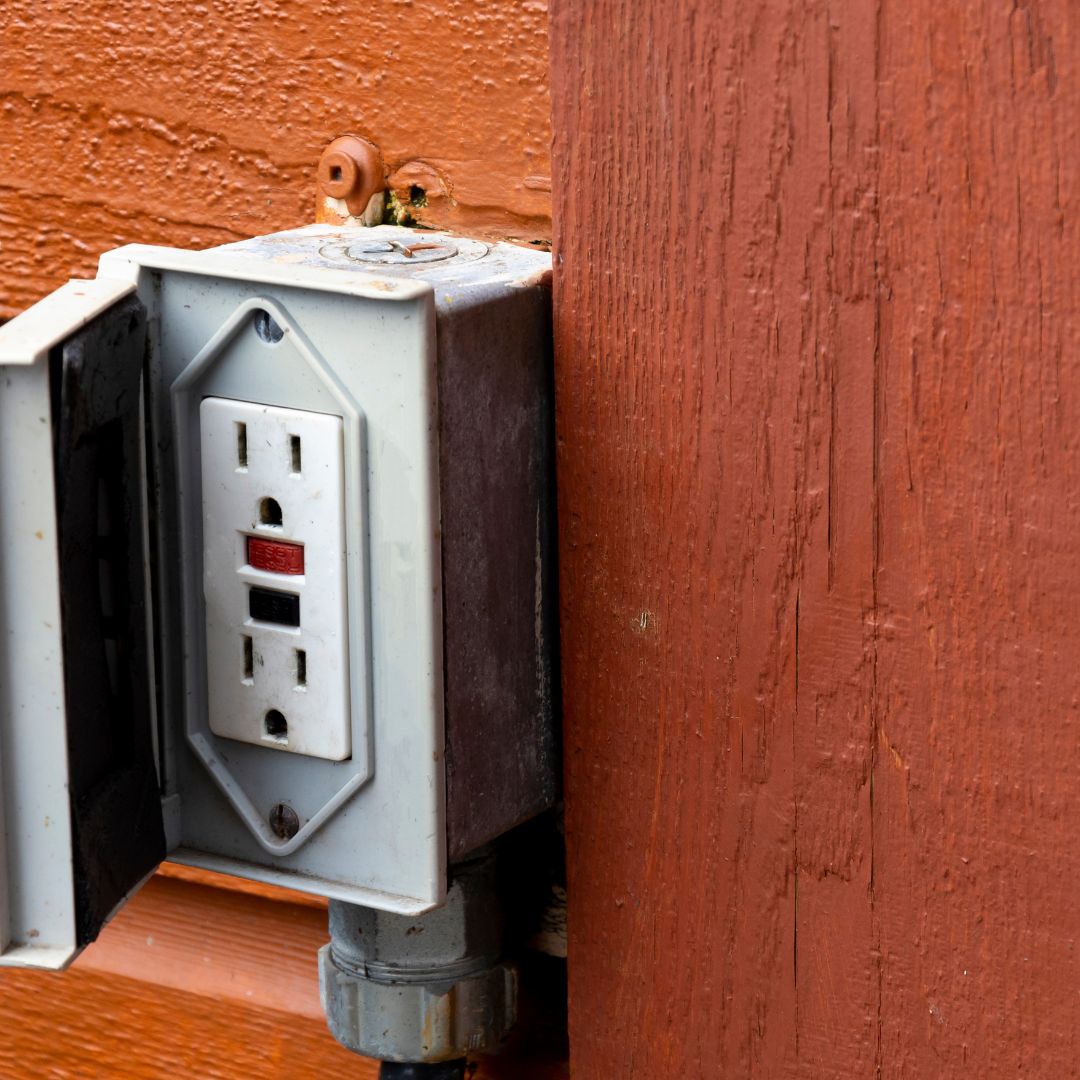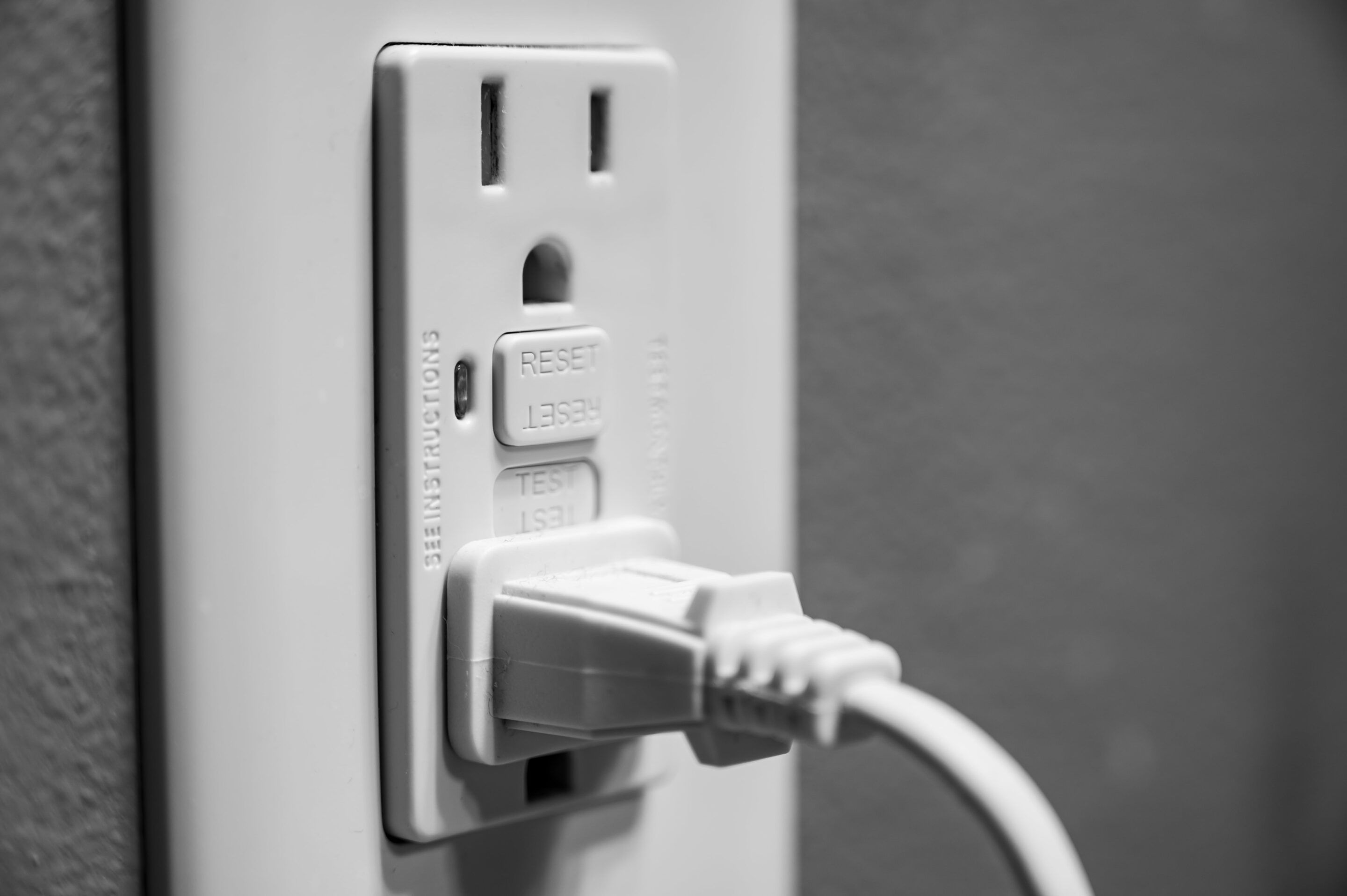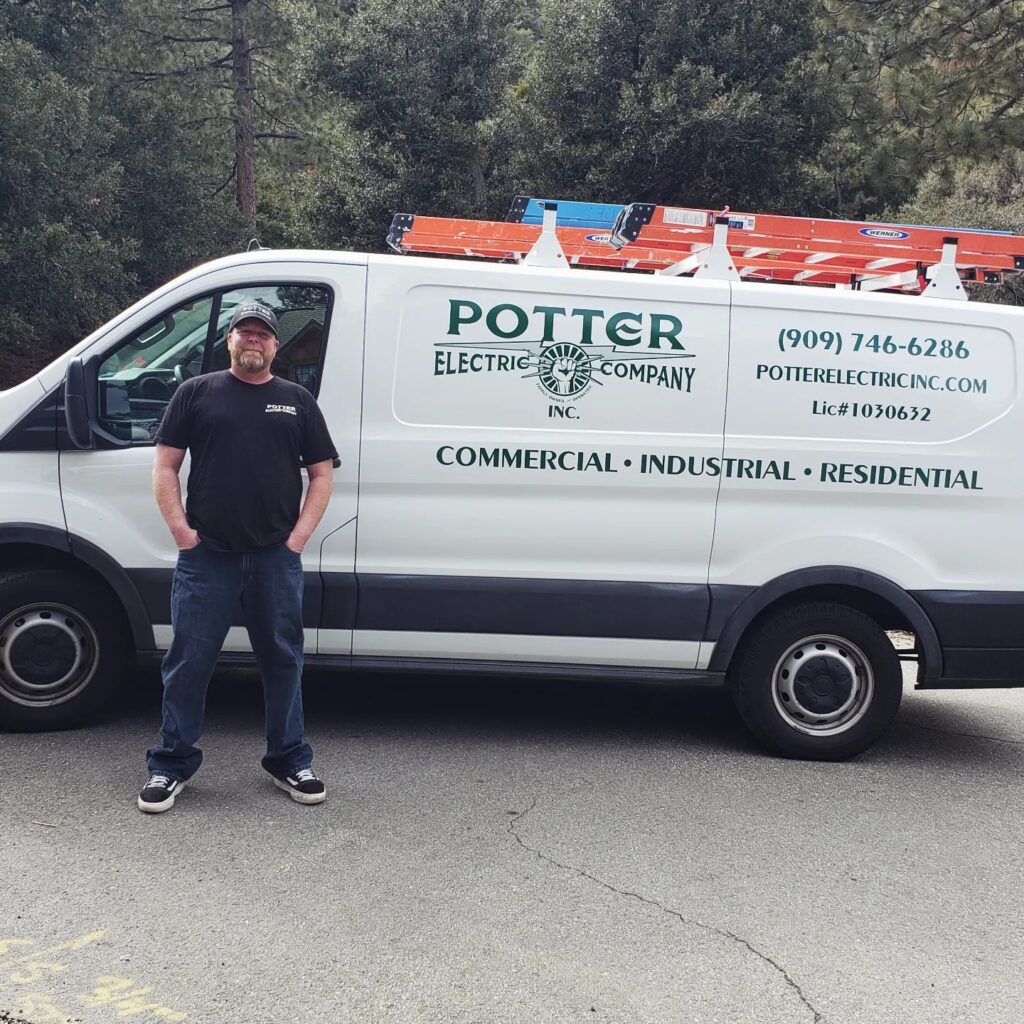As more of us start to use electric and hybrid cars, being able to charge them at home is an advantage for EV owners. Adding a home EV charger is easier and promotes sustainability. Having a home EV charger has many advantages. Different types of chargers are available for home use. These include Level 1, Level 2, and Level 3 chargers.
Why Install a Home EV Charger?
Installing a home EV charger offers several benefits:
-
Charging your electric car at home is convenient. You can start each day with a full battery. This helps you avoid the need to go to public charging stations often.
-
Save money by charging your electric vehicle at home. This is cheaper than using public chargers. Especially cost-effective during off-peak hours when electricity rates are lower.
-
Owning a home charger for electric vehicles can increase the appeal and value of your property. Having a charging station at home can make it easier for potential buyers or renters who own electric vehicles. It can also save them time and money by not having to rely on public charging stations.
-
Charging your electric vehicle at home with solar panels or a green energy plan can reduce environmental impact. This is because you are using renewable energy sources. Solar panels and green energy plans are ways to access renewable energy sources. Utilizing these options can help decrease the environmental impact of charging your electric vehicle at home.
How to Choose the Right Charger for Your Home
Here are some things you want to think about when choosing the right charger for your home:
-
Consider how often and how far you drive. If you have a short daily commute and plenty of time to charge overnight, a Level 1 charger might suffice. However, if you drive longer distances or need quicker charging times, a Level 2 charger is likely more suitable.
-
Evaluate your budget for both the charger and its installation. Level 1 chargers are generally less expensive since they often come with the vehicle and require no additional installation. Level 2 chargers offer faster charging and may be a worthwhile investment for those who need it.
-
Check your home’s electrical system before buying a charger to make sure it can handle the extra power needed. Level 2 chargers require a 240-volt outlet, similar to large appliances, and may necessitate an electrical panel upgrade.
-
If you plan to upgrade your electric vehicle or need more charging soon, consider buying a Level 2 charger now. It can save you time and money later. Thinking about the potential resale value of your home with a Level 2 charger is a wise idea. This can make your home more attractive to potential buyers in the future.
Installation Process and Considerations
Once you’ve chosen the right charger, it’s time to have it installed by a professional electrician. Here are some things to remember when getting your home EV charger installed.
-
Professional installation ensures that the charger is set up correctly and safely, reducing the risk of electrical issues.
-
Before you install an EV charging station, check with your local government or utility company for permits and regulations. Make sure you have all the necessary approvals before proceeding with the installation.
-
Complying with any rules or guidelines set by the authorities is important. This will ensure a smooth and hassle-free process for setting up the charging station. Certain places have rules or benefits for installing EV chargers, and getting the right permits makes sure you follow local laws.
-
Choose the best location for your charger based on convenience and accessibility. Ideally, you should install the charger close to where you park your vehicle, such as in your garage or driveway. Consider factors like weather protection and proximity to an electrical panel to minimize installation costs.
Understanding EV Charger Levels
Level 1 Chargers
Level 1 chargers are the most basic type of EV charger and typically come with the vehicle. You can plug them into a regular outlet and they will charge slowly, typically adding 2 to 5 miles of range per hour.
Slow charging speeds, while convenient and easy to use, may not be ideal for drivers with long commutes or those who require quick charging. This is because slow charging may not be sufficient for their needs. Drivers who need to charge their vehicle quickly may find slow charging speeds to be inconvenient.
Level 2 Chargers
Level 2 chargers require a 240-volt outlet, similar to those used for large home appliances like dryers. These chargers are significantly faster than Level 1 chargers, adding about 10 to 60 miles of range per hour. Installing a Level 2 charger typically involves hiring an electrician to ensure proper installation and safety. They are ideal for most EV owners, providing a good balance between charging speed and cost.
Level 3 Chargers (DC Fast Chargers)
Level 3 chargers, also known as DC Fast Chargers, are the fastest type of EV chargers available. They can charge an EV battery to 80% in as little as 30 minutes. However, commercial settings typically use them because of their high cost and power requirements. Most residential electrical systems cannot handle the power demands of a Level 3 charger.
Level 1 vs Level 2 EV Chargers
Level 1 Charger Features:
-
120 volts
-
2-5 miles of range per hour
-
No installation required
-
Low cost (often included with the EV)
Level 2 Charger Features:
-
240 volts
-
10-60 miles of range per hour
-
Professional installation required
-
Moderate installation costs
Level 1 chargers are suitable for those who drive short distances and have ample time to charge their vehicle overnight. In contrast, Level 2 chargers are better for drivers who need faster charging or have longer commutes.
Level 2 vs Level 3 EV Chargers
Level 2 Charger Features:
-
240 volts
-
10-60 miles of range per hour
-
Professional installation required
-
Moderate installation costs
Level 3 Charger Features
-
400 – 900 volts
-
80% charge in 30 minutes
-
Not suitable for home use
-
High cost associated with commercial use
Level 2 EV chargers are the most practical choice for home use, offering a good balance between speed and cost. Typically, commercial use reserves Level 3 chargers because of their high cost and power requirements.
Knowing the difference between level 1 and level 2 EV chargers will help you pick the right charger for your home. While level 1 is suitable for minimal use, level 2 has the best balance for a homeowner with an EV. Level 3 chargers are better left for commercial use.
Now you know how to choose the right EV charger, how to get one installed in your home, and why it’s a good and sustainable idea to have an EV charger right outside your door.







